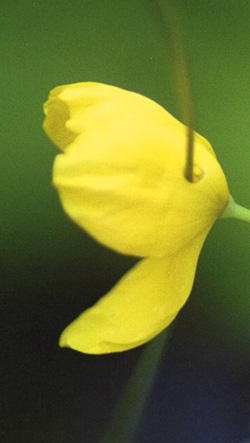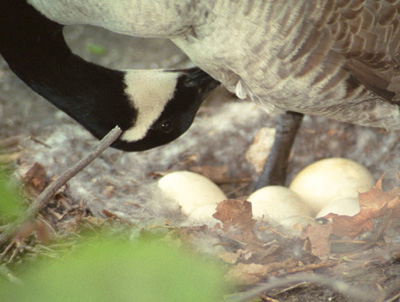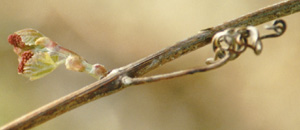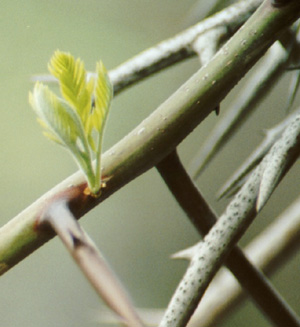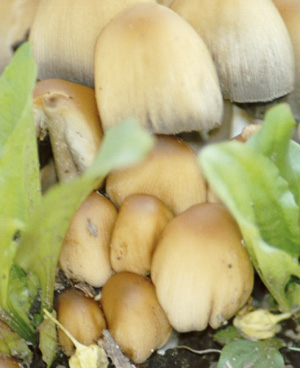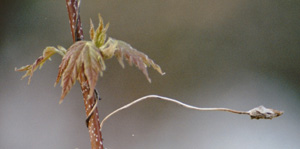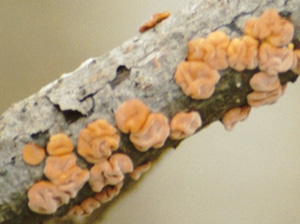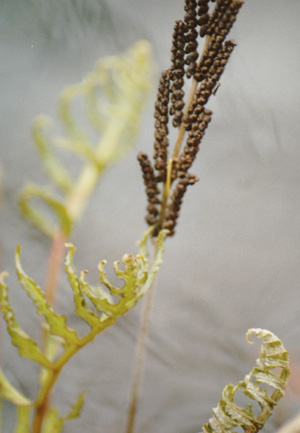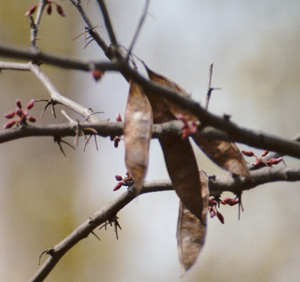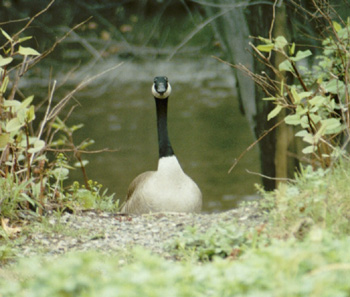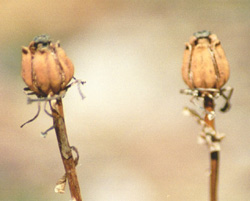Close Up And Personal
Long, long ago in a not-so-faraway suburb I was employed by a now long-defunct doc-in-the-box. I used to bring vials of pondwater to work and, on a slow afternoon, I'd pass the time by looking at hydras and rotifers and other little creatures swimming around under the microscope lens. I'd lose myself in the little subaquatic world; it was a small, perfect happiness.

I don't get to use the microscope much at work these days. I work in a hospital, a far more respectable joint than the walk-in clinic that -- I can't remember now -- either had been or would subsequently become a vacuum cleaner dealership. So smuggling in vials of pondwater might be just a wee tad overly louche for the general atmosphere of high-minded medical seriousness of my current workplace.
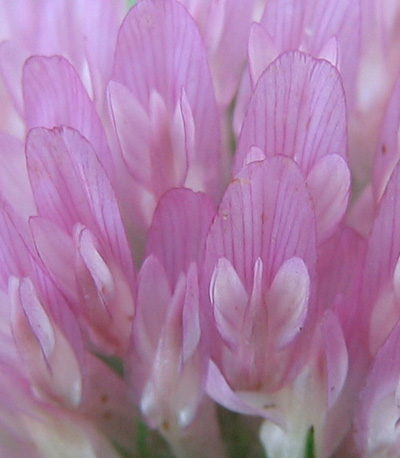
If I refer here to the orifice that produces the particular effluent I do routinely inspect at work, I will probably draw hordes of ultimately-disappointed Googlers to the blog. As it is, I am frequently startled by the search terms that bring people to my basically prudish and repressed little quarter of the network. I wish I could somehow teach Google to advise them that, no, you will not find "Amanda Wildfire" anywhere on Anita Rust, nor does the House of Toast cater to those who have a "stethoscope fetish." Said orifice shall, then, remain nameless. Let's just say it rhymes with Carolina, and is prone to various catarrhal effluxes that can be investigated by microscopy.
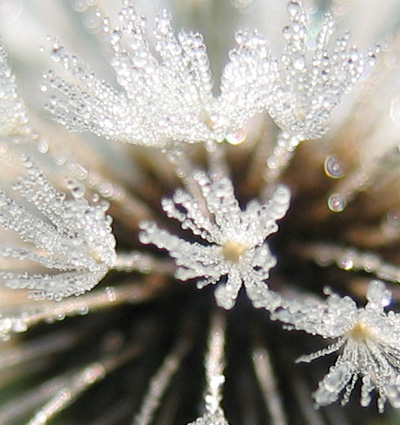
Echos of that small, perfect happiness return as I scan the slides for branching fungal hyphae, madly swimming, flagella-propelled little protozoans, or epithelia studded like poppy-seed cakes with bacillae. Peering into the microscope is when I most feel like a doctor -- or at least like the doctors in the various novels and biographies I'd read as a child, doctors who were always peering gravely down the barrel of a microscope in the leper colony dispensary about to make a brilliant diagnosis and cure. It's not much like that, actually. But you knew that.

Mostly, we pack up the various effluents and ship them to the lab, where the machines take over. I'll never forget the day when a lab report reached my desk announcing that my patient had a serum sodium of "-1" which I probably don't need to tell you is electrophysiologically impossible. I was, however, most amused. Which is something.
I do, sometimes, on my more autistic days, mournfully announce "I should have been a pathologist," by which I really mean "I should have been a librarian." Optimally a glamorous, sexy (uh, oh -- here come the Googlers) forensic pathologist, a la medical thriller heroine. But, absent that, at least someone who can lose herself in cellular and subcellular worlds. The microscope shrinks the microscopist as much as it magnifies the specimen. Down to the vanishing point, optimally. But I blew it. I became an internist, where beautiful histologies come packaged in unruly, hankering, babbling human beings.
It's little wonder that I've taken to disappearing amidst the blown-up and cropped-down, uh, generative appendages of weeds.
I don't get to use the microscope much at work these days. I work in a hospital, a far more respectable joint than the walk-in clinic that -- I can't remember now -- either had been or would subsequently become a vacuum cleaner dealership. So smuggling in vials of pondwater might be just a wee tad overly louche for the general atmosphere of high-minded medical seriousness of my current workplace.
If I refer here to the orifice that produces the particular effluent I do routinely inspect at work, I will probably draw hordes of ultimately-disappointed Googlers to the blog. As it is, I am frequently startled by the search terms that bring people to my basically prudish and repressed little quarter of the network. I wish I could somehow teach Google to advise them that, no, you will not find "Amanda Wildfire" anywhere on Anita Rust, nor does the House of Toast cater to those who have a "stethoscope fetish." Said orifice shall, then, remain nameless. Let's just say it rhymes with Carolina, and is prone to various catarrhal effluxes that can be investigated by microscopy.
Echos of that small, perfect happiness return as I scan the slides for branching fungal hyphae, madly swimming, flagella-propelled little protozoans, or epithelia studded like poppy-seed cakes with bacillae. Peering into the microscope is when I most feel like a doctor -- or at least like the doctors in the various novels and biographies I'd read as a child, doctors who were always peering gravely down the barrel of a microscope in the leper colony dispensary about to make a brilliant diagnosis and cure. It's not much like that, actually. But you knew that.
Mostly, we pack up the various effluents and ship them to the lab, where the machines take over. I'll never forget the day when a lab report reached my desk announcing that my patient had a serum sodium of "-1" which I probably don't need to tell you is electrophysiologically impossible. I was, however, most amused. Which is something.
I do, sometimes, on my more autistic days, mournfully announce "I should have been a pathologist," by which I really mean "I should have been a librarian." Optimally a glamorous, sexy (uh, oh -- here come the Googlers) forensic pathologist, a la medical thriller heroine. But, absent that, at least someone who can lose herself in cellular and subcellular worlds. The microscope shrinks the microscopist as much as it magnifies the specimen. Down to the vanishing point, optimally. But I blew it. I became an internist, where beautiful histologies come packaged in unruly, hankering, babbling human beings.
It's little wonder that I've taken to disappearing amidst the blown-up and cropped-down, uh, generative appendages of weeds.



